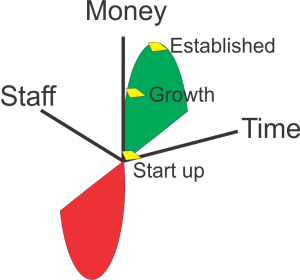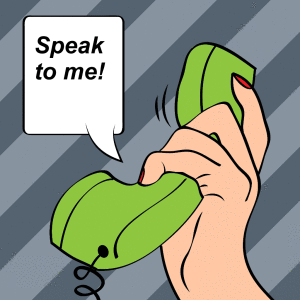“Our clients forget too quickly that they can’t do it alone,” I said as Gail and Rick pulled up chairs.
“Do what?” asked Rick.

Success is built on trust and you must dance to the same music as the customer. Learn more at www.jerryFletcher.com
“Get to Trust,” I responded. “Just like It takes two to Tango or Salsa or whatever dance the stars are doing it takes two to get to Trust.”
Gail coaxed, “And this is important because….”
I’ve said it before, “Who you know is important and what you know makes a difference but the single most important thing to be successful in business is who trusts you.”
“So what you’re saying is that to sell anything you have to get to trust, and if you don’t, you won’t,” said Rick.
“Right, “I replied. I’m a little frustrated by a business to business client that is bouncing all over the place, full of piling up lists of features and benefits and unwilling to let me talk to some prospects to understand their wants and needs and desires or let me get a handle on their objections.
“Is he afraid they might not like his product or service?” asked Gail.
Rick suggested, “He could be so in love with this thing he’s developed that he can’t see the forest for the trees. I’ve seen that happen so many times in high tech that I expect it now.”
“So,” I said, “How do you guys get around it?
“Some times you have to do it the hard way,” Gail said. “I’ve warned clients that the path they are following will not, in my opinion, work and that they should change but if they are hard over on doing it I will give them the best copy I can based on that direction. Sometimes it gets them to change but very infrequently.”
“I tried that,” Rick agreed. But I try to make it the last resort because it can get very expensive in Direct Marketing. One thing I’ve found is that I can push them pretty hard in list selection. Because of the expansion of selects we can go deeper into prospects habits and media usage and a host of other factors. What I find is that they really don’t know their prospects all that well so we push them into doing some simple testing that reveals where the best product fit is.
“Brilliant,” Gail burst out, “That is sort of what I did once. I got them to have the prospect respond by phone and had the client and I actually take some of the calls. Talk about change an opinion in a heartbeat!”
“So what you’re saying is the first step is to get the client into a conversation with the prospect or customer so they are talking with them rather than at them.
They agreed, saying it was only the first step but perhaps the most important.
The Takeaway:
In today’s world to get to trust you need to listen to your customers. That means in person and on line. After all, that is what your prospects are doing.
Jerry Fletcher’s blog recaps conversations with clients, prospects and the unruly mob of business development professionals he consorts with. They discuss marketing that works from solopreneur to enterprise level. Jerry Fletcher is the ringleader and “Watson” of the dialogue. Sign up for the blog and other publications at: www.JerryFletcher.com/Profit.html
Jerry has been researching and implementing small business marketing that builds businesses, careers and lives of joy for 25 years as President of Z-axis Marketing, Inc. Learn more at www.JerryFletcher.com
Schedule a personal appearance. Jerry speaks internationally on Networking, Marketing and Contact Relationship Magic. www.NetworkingNinja.com









